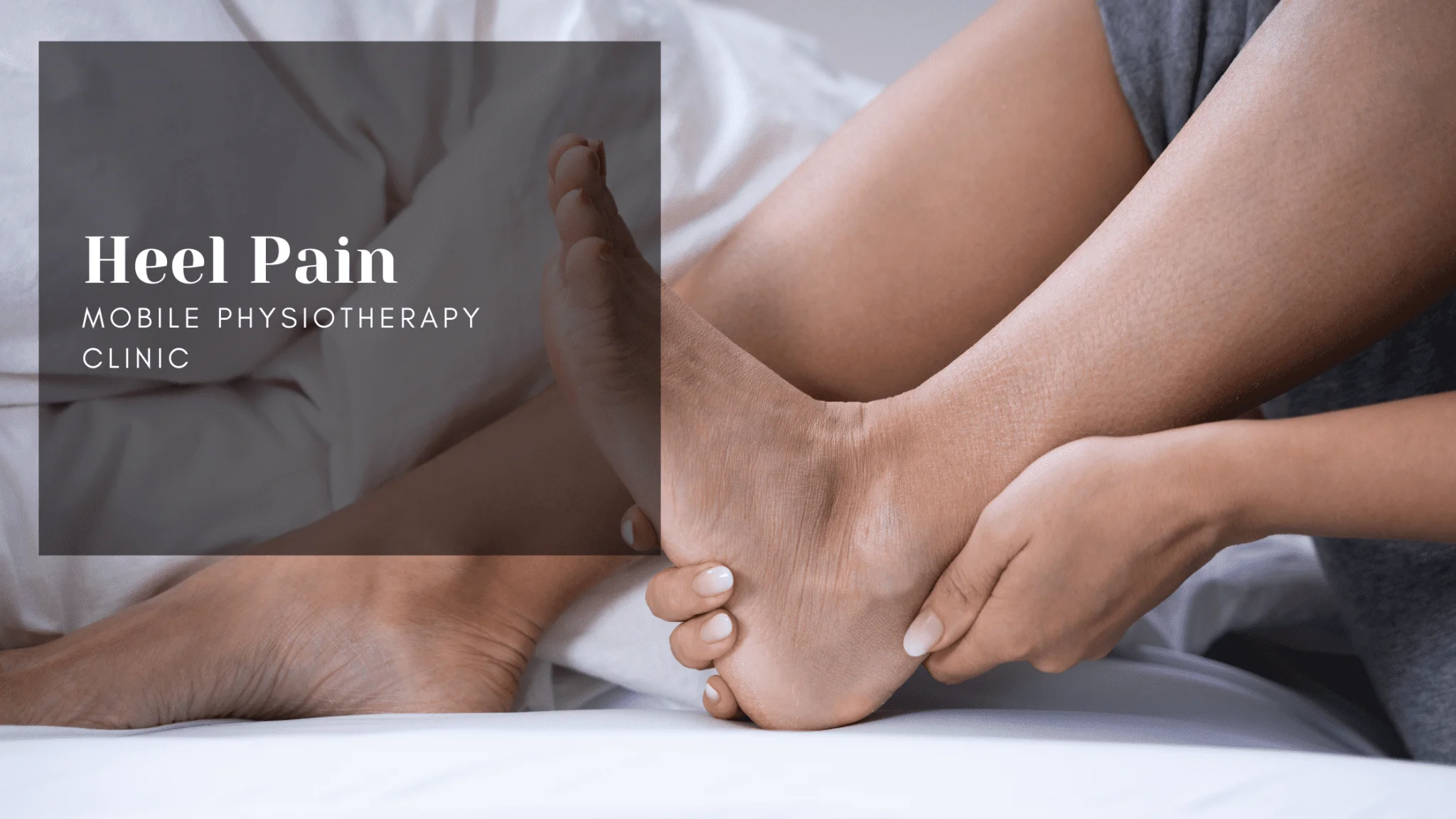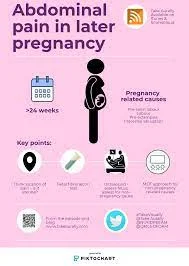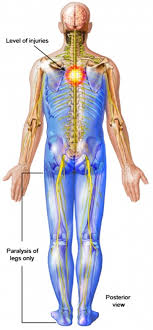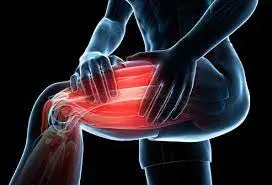Heel Pain In The Morning
Heel Pain while we woke up in the morning, you may feel stiffness or pain in your heel when you’re lying down in bed. Or you may notice it when you take your first steps out of bed in the morning.
Heel pain in the morning might be because of a condition like plantar fasciitis or Achilles tendinitis. It may also be due to an injury like a stress fracture.
Heel pain can sometimes be treated with at-home remedies like ice and rest. If your pain is more debilitating, a doctor or podiatrist can diagnose your symptoms and recommend treatment.
Symptoms of Heel Pain
Heel pain symptoms vary depending on the cause. In addition to pain, you may experience:
- Bony growth on the heel.
- Discoloration (bruising or redness).
- Stiffness.
- Swelling.
- Tenderness.
- Pain after standing from a resting/sitting position.
Causes of Heel Pain
The possible causes for heel pain in the morning.
1. Plantar fasciitis: Plantar fasciitis is a condition where the plantar fascia, a thick ligament on the bottom of your foot, is irritated. Symptoms include stiffness or pain in the heels or feet. Symptoms might be worse in the morning because of poor blood supply to the heel and foot area when you’re at rest.
Plantar fasciitis is a common injury for runners and other athletes. Athletics put a lot of stress on their feet and heels. Cross-training a few times a week with activities like cycling and swimming may help. Wearing proper footwear and changing out your running shoes every 400 to 500 miles may also prevent overuse pain.
If you have plantar fasciitis, it usually takes a few minutes of activity, such as a few minutes of walking, to warm up the area and relieve the pain.
2. Achilles tendinitis: The Achilles tendon, the band of tissues that connects the calf muscle to the heel bone, can become inflamed. This can result in Achilles tendinitis, or stiffness and pain in the heel area. Symptoms may be worse in the morning because circulation to this part of the body can be limited at rest.
Unlike plantar fasciitis, you’ll likely feel pain or discomfort throughout the day if you have Achilles tendinitis.
3. Rheumatoid arthritis (RA): People with rheumatoid arthritis (RA) are at increased risk for plantar fasciitis. This can result in heel pain in the morning.
If your symptoms don’t improve with home treatments, your doctor may recommend wearing a night splint to keep your foot flexed at night.
4. Stress fracture: You can get a stress fracture in your heel from overuse, improper technique, or intense athletic activity. You may notice pain that develops over days or weeks and swelling. It may hurt to walk.
If you have a stress fracture, you’ll likely experience pain throughout the day. See your doctor as soon as possible if you suspect you have a stress fracture.
5. Hypothyroidism: Hypothyroidism can cause heel pain in the morning. The disruption of chemicals and hormones in the body can lead to inflammation and swelling in the feet, ankles, and heels. It can also cause tarsal tunnel syndrome, where the tibial foot nerve is pinched or damaged.
If you have unexplained heel pain in the morning and symptoms of hypothyroidism, your doctor may recommend a blood test to check your thyroid.
Treatment of Heel Pain
If you develop heel pain, you can try these methods at home to ease your discomfort:
- Rest as much as possible.
- Apply ice to the heel for 10 to 15 minutes twice a day.
- Take over-the-counter pain medications.
- Wear shoes that fit properly.
- Wear a night splint, a special device that stretches the foot while you sleep.
- Use heel lifts or shoe inserts to reduce pain.
If these home care strategies don’t ease your pain, you need to see your doctor. They’ll perform a physical exam and ask you about your symptoms and when they began. Your doctor may also take an X-ray to determine the cause of your heel pain. Once your doctor knows what’s causing your pain, they’ll be able to provide you with the appropriate treatment.
In many cases, your doctor may prescribe physical therapy. This can help to strengthen the muscles and tendons in your foot, which helps to prevent further injury. If your pain is severe, your doctor may provide you with anti-inflammatory medications. These medications can be injected into the foot or taken by mouth.
Physical Therapy For Heel Pain
Physical Therapy treatment varies depending upon assessment, symptoms, and Diagnosis of Heel pain, Your Physical therapist takes your Brief History of the cause of pain, examines your Heel, and makes as treatment plan.
The most common Physical therapy treatments for Heel pain are pain relieving Electrotherapy modalities such as Ultrasound Therapy, Wax Bath, TENS, and Stretching and strengthening exercises according to assessment.
Your doctor may also recommend that you support your foot as much as possible, either by tapping the foot or by using special footwear devices.
In very rare cases, your doctor may recommend surgery to correct the problem, but heel surgery often requires a long recovery time and may not always relieve your foot pain.
Prevention of Heel Pain
The following steps may help prevent morning heel pain:
- Maintain a healthy weight and healthy lifestyle. Being overweight or obese may put additional stress on the heel and foot area.
- Wear sturdy, supportive footwear, and avoid wearing high-heeled shoes.
- Replace running or athletic shoes every 400 to 500 miles.
- If you normally run, try low-impact activities, like cycling and swimming.
- Perform stretches at home, especially after exercising.
Home Remedies for Heel Pain
Home remedies and non-prescription painkillers (NSAIDs) may be effective for mild-to-moderate heel pain. If you have sharp or sudden pain, see your doctor. Your heel pain may be the result of a more serious injury.
Ice: Keep a small water bottle filled with water in the freezer overnight. Wrap it in a towel, and roll it gently along your heel and foot in the morning.
Massage: Roll a tennis ball or lacrosse ball along the bottom of your foot from your toes to your heel. This may help release tension.
You can also roll your foot on a foam roller. Or you can do a more traditional massage by holding your foot in your hand and applying gentle pressure along the foot and heel area with your thumb.
Stretching: Try the following stretches for heel pain:
Heel cord and foot arch stretch
- Facing a wall, step back with one foot and bend your front knee, keeping both feet and heels on the ground.
- Lean forward slightly as you stretch.
- Hold 10 seconds, then relax.
- Repeat with the other side.
Plantar fascia tension stretch
- Sitting on the side of your bed or on a chair, cross the affected foot over the other knee, creating a “four” position with your legs.
- Using the hand on your affected side, gently pull your toes back toward your shin.
- Hold for 10 seconds and relax.
- Repeat if desired, or switch legs if both heels are affected.








Physiotherapy treatment is the Best option for you if you are looking for Heel pain treatment, i have try medicine but only temporary relieve while exercise helps my Heel pain permanently solution!